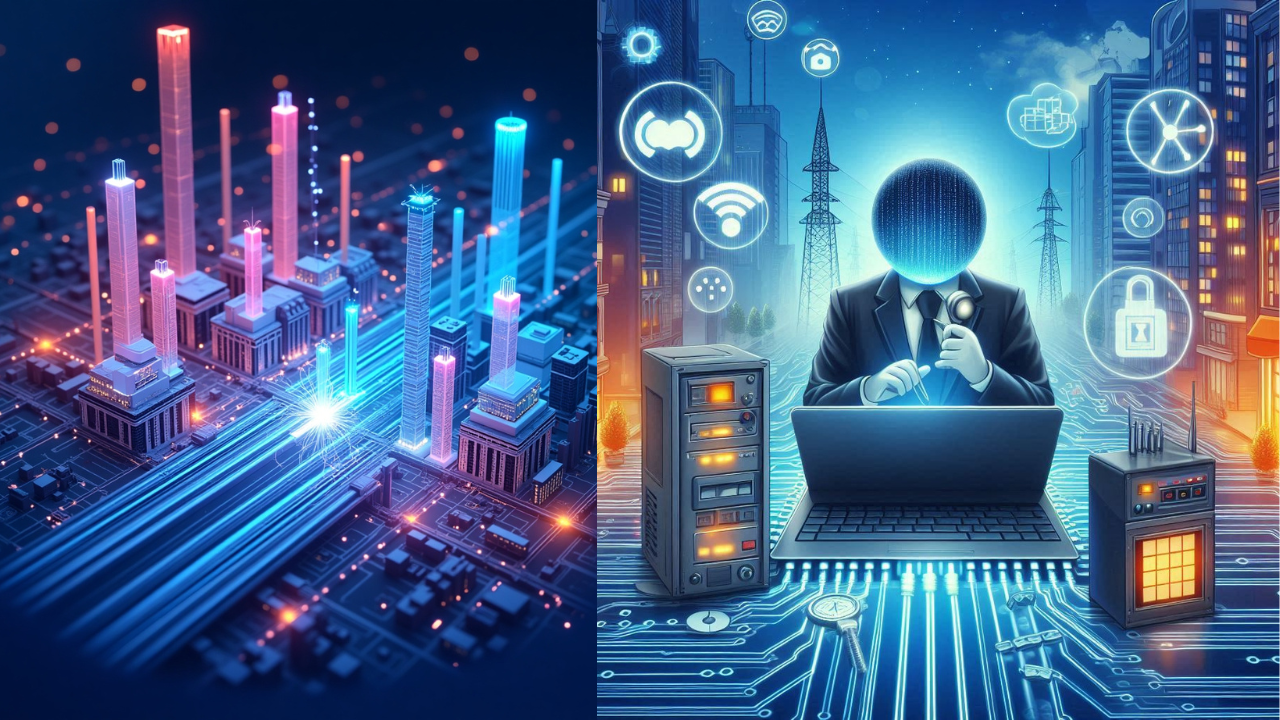Introduction
In today’s connected world, Fiber to the Home (FTTH) has emerged as a revolutionary broadband technology. It offers unmatched internet speeds and reliability by bringing fiber optic cables directly to residences. This comprehensive guide delves into everything you need to know about FTTH, including its basic concepts, working mechanism, advantages, applications, challenges, and future prospects.
Understanding FTTH
FTTH, or Fiber to the Home, also known as Fiber to the Premises (FTTP), involves the installation of fiber optic cables directly from a central location to individual homes or buildings. Unlike traditional broadband technologies like DSL or cable, which use copper wires, FTTH leverages the power of fiber optics to deliver high-speed internet with symmetrical upload and download speeds.
Basic Concepts
- Fiber Optic Cables: These are thin strands of glass or plastic that transmit data as light signals. Fiber optics offer high bandwidth and low latency, making them ideal for modern internet needs.
- Total Internal Reflection: A principle where light signals are kept within the core of the fiber optic cable by bouncing off the walls, ensuring minimal signal loss over long distances.
- Symmetrical Speeds: FTTH provides equal upload and download speeds, which is crucial for applications like video conferencing, online gaming, and cloud computing.
How FTTH Works
The FTTH system consists of several key components:
- Central Office (CO): The starting point of the fiber optic network, where the internet connection originates.
- Fiber Optic Cables: These cables run from the central office to the user’s premises, carrying data as light signals.
- Optical Network Terminal (ONT): A device installed at the user’s premises that converts optical signals into electrical signals for use with home devices.
- Distribution Network: The network of fiber optic cables that connects the central office to individual homes.
Advantages of FTTH
FTTH offers numerous benefits, making it a preferred choice for modern broadband:
- High Speed: FTTH provides lightning-fast internet speeds, often exceeding 1 Gbps, enabling seamless streaming, gaming, and downloading.
- Reliability: Fiber optic cables are immune to electromagnetic interference, ensuring consistent performance even during peak usage times.
- Future-Proof: As data demands grow, FTTH can adapt without significant upgrades, ensuring long-term usability.
- Symmetrical Speeds: Equal upload and download speeds make FTTH ideal for video conferencing, online gaming, and other high-bandwidth activities.
Applications of FTTH
FTTH has a wide range of applications, including:
- Residential Internet: Delivering high-speed internet to homes, enhancing user experience for streaming, browsing, and smart home devices.
- Businesses: Supporting high-bandwidth needs for video conferencing, large file transfers, and cloud services.
- Healthcare: Enabling telemedicine and remote patient monitoring with reliable, high-speed connections.
- Education: Facilitating online learning and virtual classrooms with fast, stable internet access.
Challenges and Limitations
Despite its advantages, FTTH faces several challenges:
- Installation Costs: The initial cost of deploying fiber optic cables can be high, especially in areas lacking existing infrastructure.
- Maintenance: Fiber optic cables require specialized skills for installation and maintenance, adding to operational costs.
- Physical Damage: Fiber optic cables can be vulnerable to physical damage if not properly installed and protected.
Future of FTTH
The future of FTTH looks promising as more countries and regions adopt this technology. With increasing demand for high-speed internet and digital services, FTTH is set to become the standard for broadband connectivity. Innovations in fiber optic technology will continue to enhance its capabilities, making it more accessible and cost-effective.
Conclusion
FTTH is transforming the broadband landscape by offering unparalleled speed, reliability, and future-proof technology. As more homes and businesses adopt FTTH, we can expect significant advancements in internet connectivity and digital services, paving the way for a more connected future.
